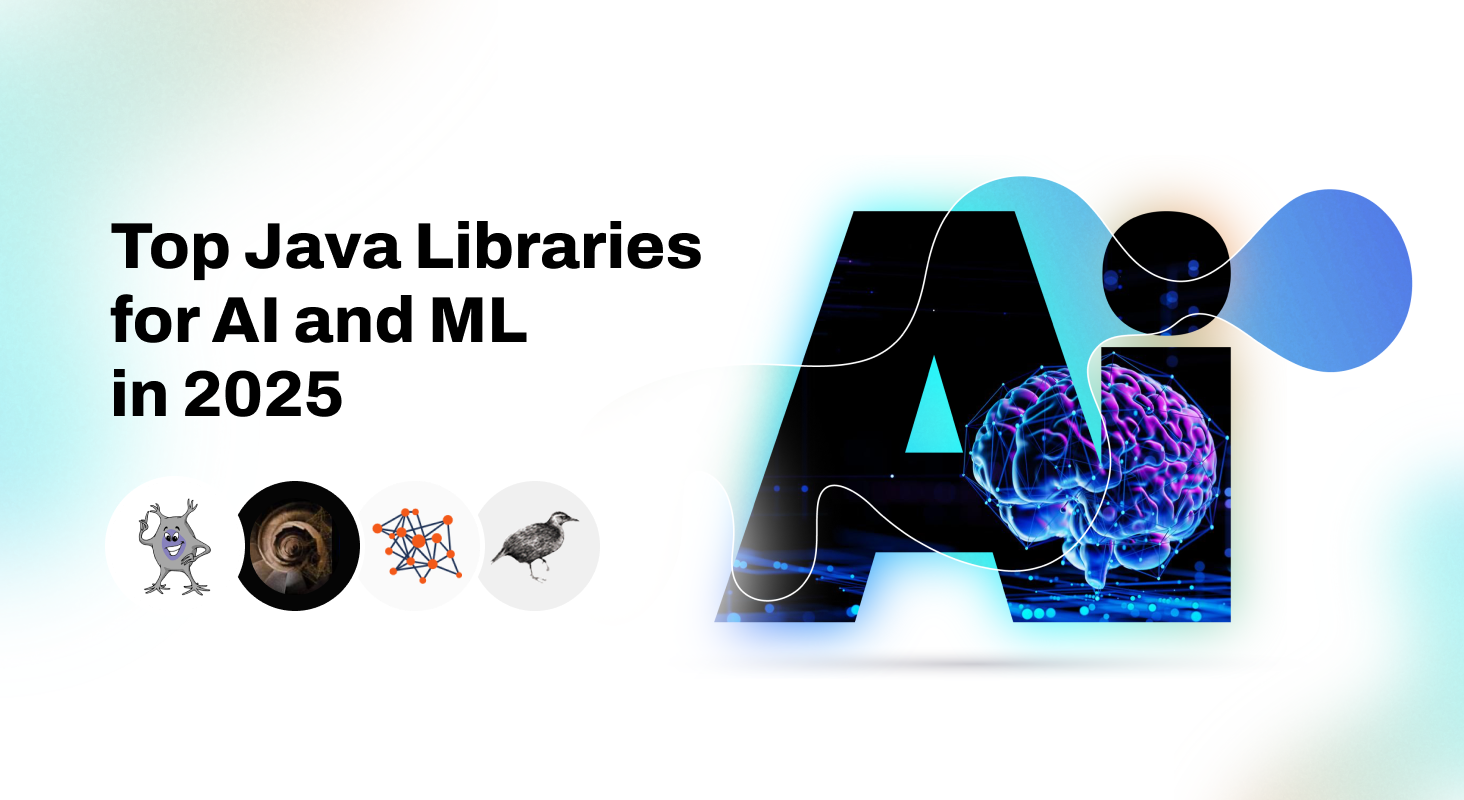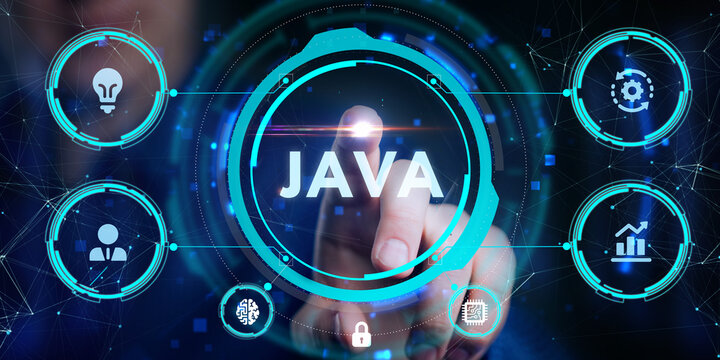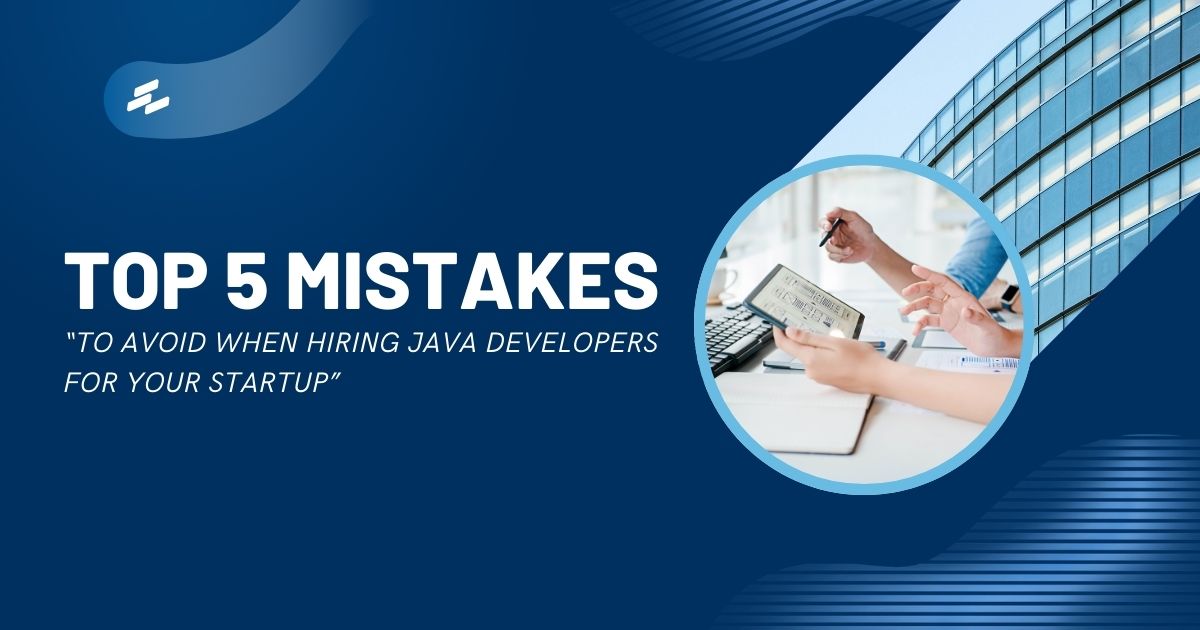
Did you know that over 30% of enterprise AI solutions still rely on Java-based systems for their core infrastructure? (Source: Statista)
Though Python tends to dominate the world of AI and machine learning, Java is making its presence felt through some of the most scalable, secure, and high-performance AI applications, particularly those parts of the financial, healthcare, and telecom sectors.
Java is not a backend language anymore – it has a rich ecosystem with unmatched platforms and reliability, which is why it is a solid contender in the field of AI/ML.
And in 2025, it’s only getting better.
No matter whether you are developing neural networks, real-time data processing, or doing something in enterprise-level AI modeling, there are efficient Java AI libraries designed to suit your demands.
Let’s dive into the top Java libraries for AI and machine learning you should keep an eye on in 2025.
What are Java Libraries?
A Java library is a set of pre-compiled program code, organised into classes and methods, which the developer is able to re-use to carry out common operations of programming. The range of functionalities covered by these libraries is so broad that it extends to low-level tasks such as managing files or collections, or constructing user interfaces, all the way up to higher-level tasks such as networking, cryptography, or even artificial intelligence.
Popular Java AI libraries like TensorFlow Java are examples of how developers can integrate intelligent features directly into their applications. Rather than writing common code over and over, developers can import such libraries and start taking advantage of them in a fraction of the time they would have written, tested, and proven code themself (hours, not days).
Let’s see why Java Libraries Matter
Java AI libraries allow removing the distance between the basic code and the applications that exist in the real world. You can be creating a desktop app, a web application, or a machine learning algorithm; Java based libraries are used to support and build all of them. These libraries are widely used across Java-based AI platforms in production environments.
Here’s why they matter:
- Save Time: You do not have to be a wheel reinventor. Most of the features that are common are already present in libraries.
- Improve Code Quality: Libraries are usually well-tested and optimized by experienced developers.
- Simplify Complex Tasks: Libraries obscure the complexity of computation, so you only have to worry about your real application.
- Encourage Best Practices: Reputable libraries introduce you to best practices for solving some Java problems.
Top 10 Java Libraries for AI and Machine Learning in 2025
1. DeepLearning4J (DL4J)
Best for: Deep learning, neural networks, and enterprise-grade machine learning models.
DeepLearning4J (DL4J) is one of the most powerful Java libraries for machine learning designed specifically for the Java and JVM ecosystem. It is also performance and scale-based, which makes it an ideal choice for enterprises. It is helpful for those where tones of data are being used regularly. DL4J (DeepLearning4J) gives you the flexibility and power to do it, whether you build image recognition systems, NLP pipelines, or much more complex neural networks.
Whether you’re building image recognition systems, natural language processing pipelines, or advanced neural networks, DL4J offers the flexibility and power to get the job done.
Key Features:
- Full GPU acceleration with support for NVIDIA CUDA
- Built-in support for CNNs, RNNs, and LSTMs
- Interoperability with Keras, letting you import Python-trained models
- Optimized for parallel training on big data platforms like Hadoop and Apache Mahout
If you’re exploring deep learning with Java and want a scalable, enterprise-grade solution, DL4J stands out as a go-to framework
2. Weka
Best for: Beginners, academic projects, and quick experimentation with classical ML algorithms.
The Weka (Waikato Environment for Knowledge Analysis) is a time-tested collection of libraries with GUI, command-line, and Java APIs. Although it has more appeal in academia, it does still find its uses in 2025 to quickly prototype and be used in education.
Key Features:
- Wide variety of algorithms (classification, regression, clustering)
- Data pre-processing tools
- Visualization and reporting tools
- Simple to be included in Java apps
3. MOA (Massive Online Analysis)
Best for: Real-time data stream mining and online learning models.
MOA is a partner to Weka and quite specifically designed to process streaming data. In the era when real-time analytics represents one of the most important things, MOA stands out in its ability to process a large data stream.
Key Features:
- Specialized in data stream mining
- Supports incremental learning algorithms
- Real-time performance monitoring
- Scalable and lightweight
Use MOA in case you need a real-time IoT application or sensor-based data processing.
4. Encog
Best for: Neural networks and evolutionary computation.
Encog is one of the notable Java machine learning frameworks that supports a wide range of algorithms. It is associated with a well-organized architecture and user-friendliness, which is why this kind of data can be used in research and commercial spheres.
Key Features:
- Supports deep learning, SVMs, and genetic algorithms
- Neural network training with backpropagation, RPROP, and more
- Multiplatform (Java, C#, C++)
- Lightweight and well-documented
Encog is a practical and flexible option for implementing AI in Java.
5. Smile (Statistical Machine Intelligence and Learning Engine)
Best for: Comprehensive ML toolkit with high performance and visualization capabilities.
Smile has developed fast because it delivers high speed and covers a broad variety of algorithms. It integrates high-performance numerical computing and simple application programming interfaces, so it is a one-stop ML library.
Key Features:
- Advanced algorithms (PCA, SVM, Random Forests, GMMs, etc.)
- Support for java nlp libraries and graph-based algorithms
- Built-in visualization tools
- Supports Scala and Kotlin as well
If performance and flexibility are top priorities, Smile is a strong candidate for production-ready ML systems.
6. Neuroph
Best for: Lightweight neural network applications and educational purposes.
Neuroph is an easy and uncomplicated Java-based framework for developing neural networks. Although it cannot match DL4J and Encog in terms of functionality, it is ideal for use by inexperienced programmers and simple applications.
Key Features:
- Simple API for neural network design
- Good documentation and examples
- Suitable for Java desktop apps
- Lightweight and easy to deploy
7. Tribuo
Best for: Modern, production-grade machine learning in Java.
Tribuo is an Oracle Labs-supported open-source library and it is is one of the newer Java machine learning frameworks gaining in huge popularity. Its a high-performance production-focused library. It focuses on traceability, reproducibility, and robustness.
Key Features:
- Strong support for regression, classification, and clustering
- Built-in model evaluation and explainability tools
- Interoperable with ONNX models
- Designed with software engineering best practices
Tribuo would be a perfect solution in case you are building ML models within the context of a large-scale enterprise industry where transparency and easy maintainability are essential. Tribuo stands out as a reliable and modern tool for implementing AI in Java.
8. Java-ML (Java Machine Learning Library)
Best for: Simple, modular machine learning algorithms in Java.
Java-ML is an efficient and simple library with a set of machine learning algorithms and a defined and consistent API. It is awesome when you want to integrate ML capabilities directly into Java programs without a deep dependency.
Key Features:
- Implements basic ML algorithms (KNN, Decision Trees, Naive Bayes, etc.)
- Minimal dependencies and easy to integrate
- Built-in evaluation metrics
- Modular and extensible design
Java-ML is an ideal solution for those developers who prefer to consume ML quickly but without getting into the depth of complex-looking frameworks.
9. RapidMiner (Java-based platform)
Best for: Drag-and-drop data science workflows and advanced analytics.
RapidMiner is a well-played visual development tool for ML pipelines and is developed in Java at its core. Although the core tool has a GUI, it is also extensible by Java developers via its API.
Key Features:
- No-code/low-code interface with support for Java scripting
- Built-in algorithms for data prep, modeling, and evaluation
- Integration with Python, R, and Weka
- Ideal for business analysts and data scientists alike
- Choose RapidMiner when you need to have a business-friendly graphical display and Java extensibility, too.
10. Jenetics
Best for: Genetic algorithms and evolutionary computing in Java.
Jenetics is a modern, Java-based library designed for evolutionary algorithms and genetic programming. It’s highly flexible and follows modern Java conventions, making it easy to adopt for research or production.
Key Features:
- Supports genetic algorithms, evolution strategies, and GP
- Functional-style API based on Java 8+
- Highly customizable fitness functions
- Scalable and well-maintained open-source project
If your project involves optimization, scheduling, or automated design, Jenetics is a go-to for evolutionary approaches.
Wrapping Up:
Java probably does not have as many libraries in AI/ML as Python, but in 2025, there should be some strong competitors there with a certain level of maturity. The choice of library depends on the problem, of course: building a real-time stream processing system, training deep learning models, or integrating AI with a large-scale Java enterprise application, there is a library to suit the need.
Make your decision about the library based on the size of your project, performance needs, and your team’s skills. Choose Java machine learning frameworks based on your project needs. Although DL4J (DeepLearning4J) and Tribuo are suitable on an enterprise level, libraries such as Weka and Neuroph are wonderful at a smaller scale or for educational purposes.
Let’s talk about your Java requirements. Our AI Development experts can help you build robust AI-driven applications with the right tools and libraries.
Also Read: Artificial Intelligence Services That Deliver Results: The Redington Advantage







